Here’s how to run the Garmin 430/530 (400 and 500 series simulators) on a Mac / Apple computer, a newer version of Windows or even Linux.
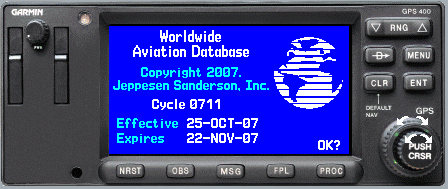
The free trainers offered on Garmin’s website are great tools to anyone who might use a 400 or 500 series unit. Whether you are new to these systems and want an introduction, or maybe a flight instructor wanting to show students, the Garmin simulators are fantastic!
These simulators (for Windows) are available for free and can be found on Garmins website here.
Unfortunately, these programs are not compatible with all types of computers and operating systems. So, the following is how to best install them on a Mac, Linux, or newer Windows computer.
The Garmin simulators on Windows Vista, 7, 8, or 10
The normal 430 or 530 simulators will not run on a Windows Vista computer or newer (Windows 7, 8, 10, etc.). As noted by Garmin: “Windows XP Operating System required” and they are “not compatible with Windows Vista or Windows 7 Operating Systems”.
The easiest solution is to download the WAAS 400W/500W simulator which is compatible with “Windows XP or later operating system”. (Download Here)

After downloading and installing, select from the options menu the type of unit you need to simulate.
The functionality on the WASS units (430W, 530W) are similar enough to to the non-WAAS 430 and 530 units that they should fit your needs just fine.
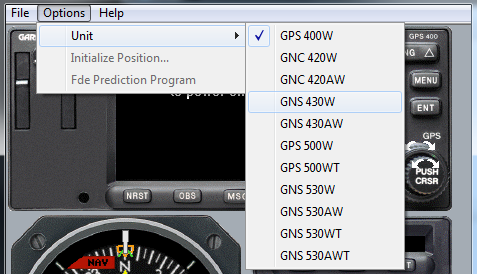
Running the Simulators on a Mac OS-X (or Linux)
Here is the easiest way to run the Garmin sim on your Apple or linux computer. With this method I was able to get the Garmin 430 trainer up and running on my Macbook Pro within within about 30 minutes! The only time consuming part is downloading ~4.1GB of files.
It just takes 3 quick steps:
- Download and install VirtualBox
- Download and install a free Windows Virtual Machine
- Within the virtual machine, download and install the Garmin Sim
1. Download and install VirtualBox
You need a free program called VirtualBox to create a “virtual” Windows computer on your Mac. Here are the steps:
Visit the VirtualBox website.
Download “VirtualBox platform packages” for “OS X Host”.
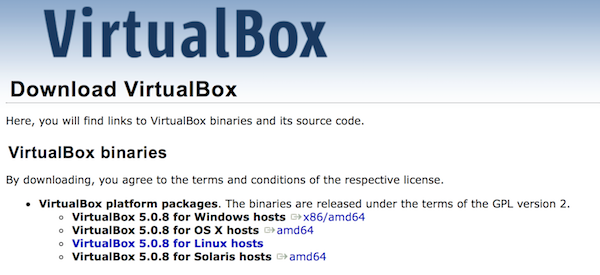
Install VirtualBox just like any other program – Double click on the VirtualBox.pkg icon and follow the on screen installation prompts
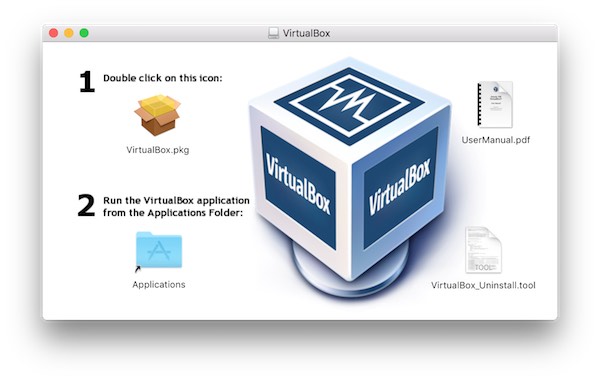
2. Download and run a free Windows Virtual Machine from Microsoft
Microsoft gives out free versions of windows for web developers and programmers to download and test their software on. The only catch is that they have a 90 day trial limit. However even Microsoft themselves suggest that you create a “SnapShot” in VirtualBox in order to simply keep resetting this 90 day trial when the time comes.
Visit Microsoft’s website and download a free virtual machine
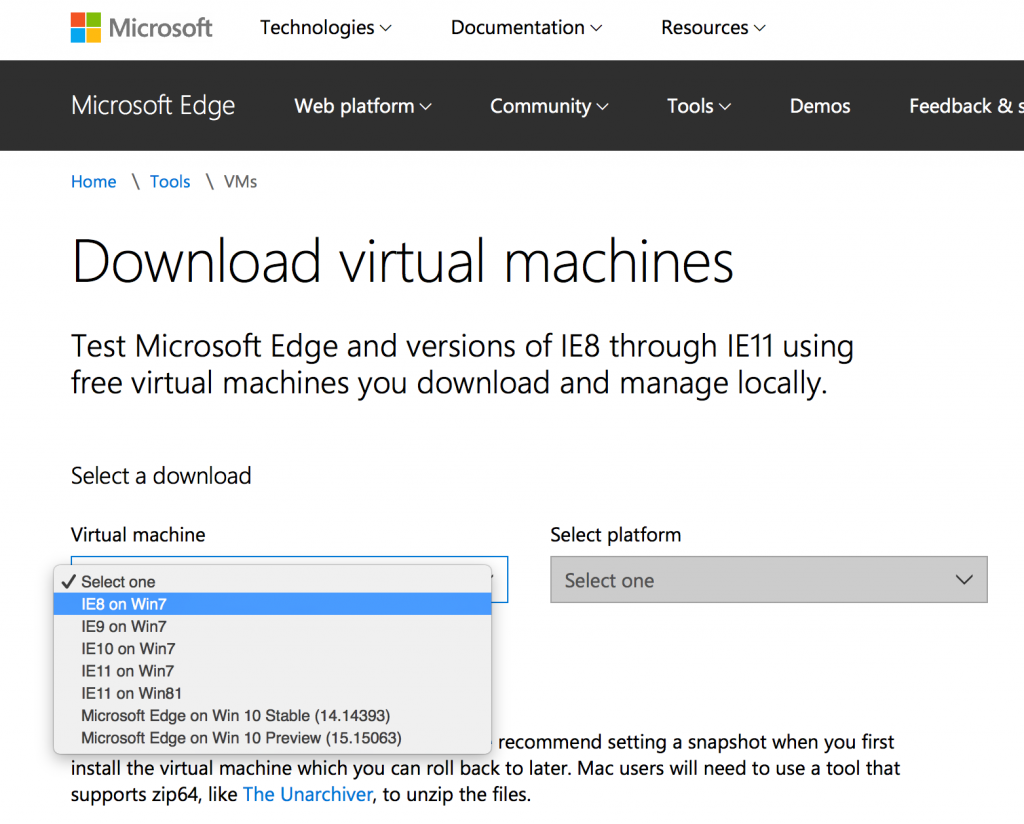
Chose “IE8 on Win7” or whichever version you prefer, select “VirtualBox” for the platform, and download it.
When the download completes, double click on the the file “IE8 – Win7.ova” and it will automatically bring up VirtualBox and begin loading the virtual Windows machine.
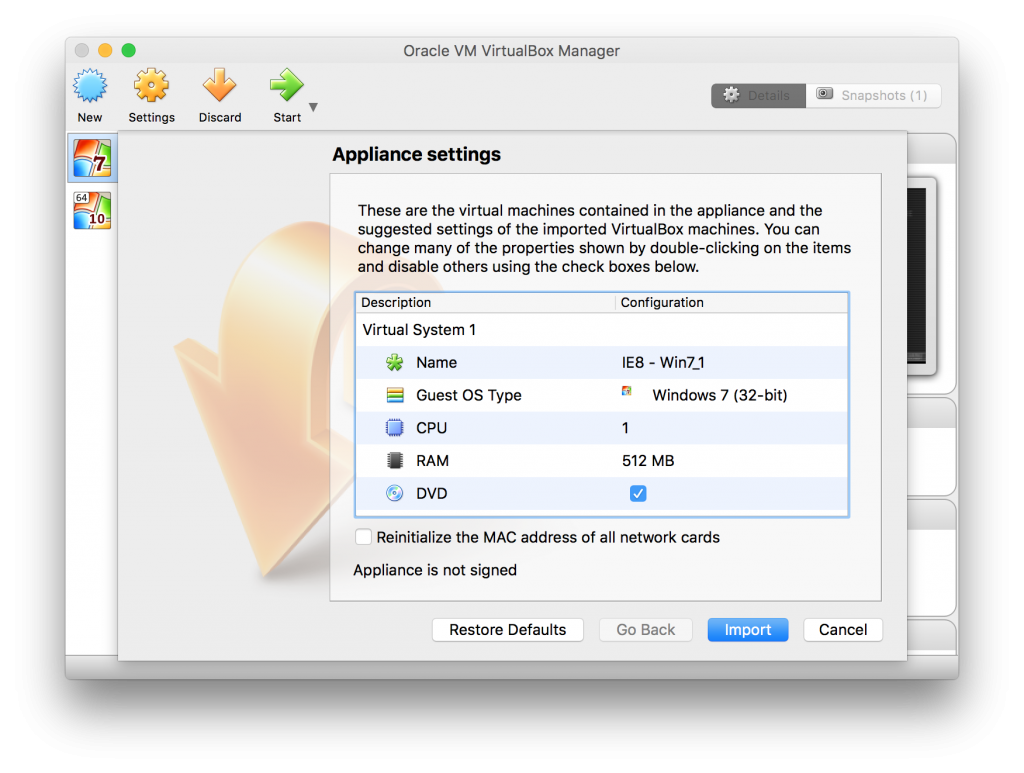
The standard “Appliance settings” should be just fine (depending on your computer) and you can just select “Import”.
When VirtualBox finishes loading the Windows machine, Start the machine, and boot into Windows.
Within windows you should now be able to access Wifi and download and install the Garmin Sim from their website within the host Windows machine. That’s It! You’re up and running!
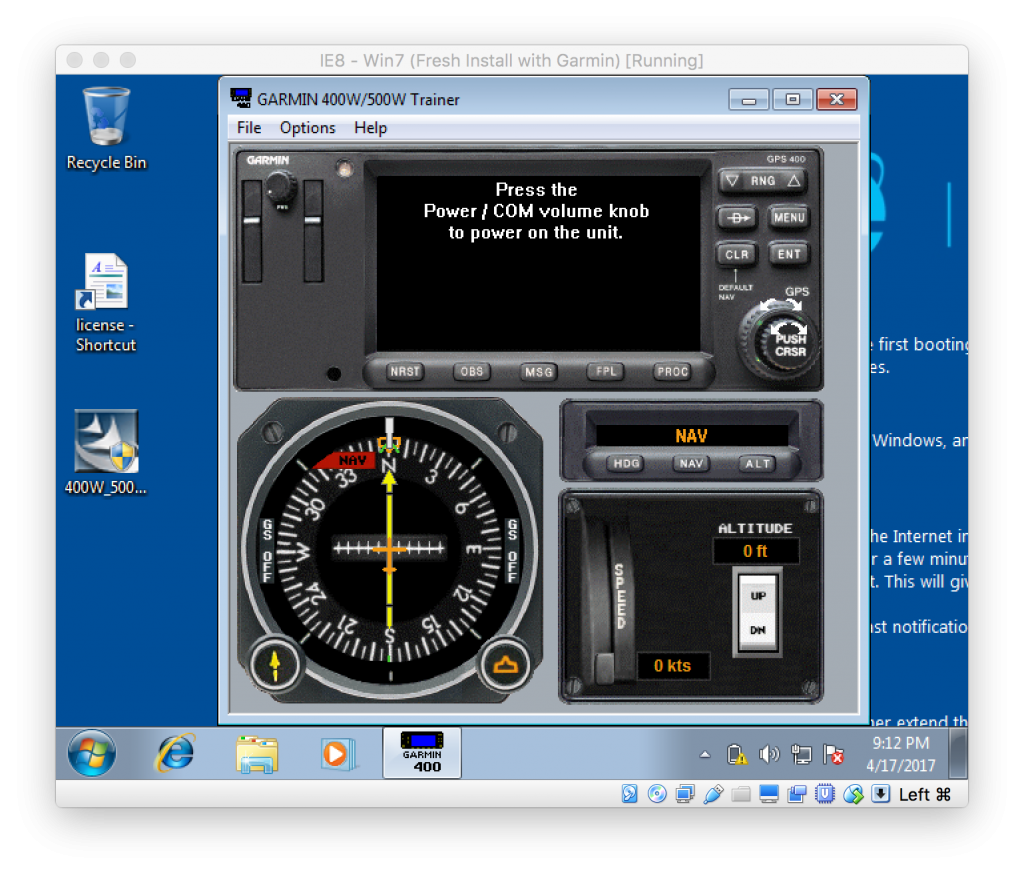
Also, don’t forget to create a “Snapshot” of your virtual machine to easily reset the windows trial period. Microsoft even recommends doing this.
Go to the upper right-hand corner that says “Snapshot”

Then click the little blue camera to create a new snapshot. It will ask you to name it, I named mine “New Install with Garmin”. Click “OK” and the snapshot will be created.
When the time comes to reset windows just come back, right-click, and “Restore Snapshot”.

Greetings Fellow Pilot,
I just downloaded the 400w500w tariner on my pc laptop and work pc both running widows 10. The GPS fubction of the sim works fine but if I dial up anything on nvloc I just get the Nav flag and no navigation capability. Do you happen to know why?
Thanks a million in advance,
Mike K
Hi Mike! I’m not sure why the CDI/VLOC doesn’t work in the Garmin sim. The 400W/500W trainer on my computer is the same way. My best guess is that Garmin didn’t program it to work with NAV functionality – Only GPS.
I’m betting this won’t help on an iPad…
…but I’ll play around with it, maybe it will. Or perhaps the Raspberry Pi. Worst case I’ll clutter up the MacBook with it.
I don’t think this will work with an iPad. It really doesn’t clutter up your MacBook though… Well worth it in my opinion.
I use a MacBook Air running OS Sierra 10.12.6. I downloaded and installed all products as suggested. My problem is that when I open the GNS 400/500 simulator, I get the opening page of the program with a menu item for installing the simulator but not the functional instruments for using it. When I click on the “Install Simulator” prompt it goes to the modify, repair, delete routine. Completing that simply returns me to the opening screen.
I’m running oS 10.14 on my Mac and did exactly as your procedure said. I downloaded the virtual box and the zip program but double clicking on the down load does nothing.
Where did I go wrong?
Hi Joe! Thanks for stopping by my blog. I’m not sure where you are having trouble. There are basically three steps:
1 – Install VirtualBox
2 – Install Windows in VirtualBox
3 – Install Garmin in Windows
I’ll reach out to you via email and see if we can get it working.
Hello – I went through this process and everything seemed to work well. However, once I got windows running, when I search for internet connections, it’s by default connected to a “Home Network”. I don’t see an option for wi-fi so I can use my home’s wi-fi. Can you please advise on how to remedy this. Thank you.
I am having the same issue as Joe O. did you have any luck finding a solution?
Thanks
Hello Nic! Yes, we did figure it out. The main thing to remember is that VirtualBox create a “shell” which allows you to install a “virtual” Windows computer within your Mac. When Windows has been installed within the VirtualBox software, you can open windows and download the Garmin Sim and install it within Windows.
Hi. I appreciate you for providing this handy tip! It’s nice to see the Garmin Sim on my MacBook Pro (High Sierra 10.13.6) now. Just couple of tips from me in case anyone else ran into problems with the install…I had two:
• When using the Install Wizard for Oracle’s “Virtual Box”, I kept ending up with a “Installation Failed” window at the end of the install. I found another nice website where the users were having the same problem and provided a solution: https://medium.com/@DMeechan/fixing-the-installation-failed-virtualbox-error-on-mac-high-sierra-7c421362b5b5. The “Quick and Easy” solution #1 worked for me!!
• Once I got the Virtual Box running, I followed the instructions for downloading the “IE8 – Win7.ova” file (caution: large (~4.5M) file…takes awhile!). The file did open in VB, but it did not work as you indicated. I could not get a Windows screen to come up (had a failure message in terminal mode and had no idea where to go from there). I noticed that the latest Virtual Box was a new 6.x version, while your screenshot showed a 5.x version. I decided to uninstall the 6.x, and chose and older version instead (I tried 5.2.12). With the older version, it worked just like you said!
• Finally, after downloading the sim from Garmin and running the .exe file, the sim screen came up but I couldn’t turn the GPS on! The instructions on the screen said to “Press the Power/Com volume knob to power on the unit”. What I discovered is that if you position the mouse over that knob and just do a light tap on the trackpad, it disables the unit. No amount of pressing on the button will work after that. You must then close the program, reopen, place the mouse pointer back over the Com button (without tapping) and then do a firm press/click on the trackpad. The button will then light up white, and the unit will power up. This may work differently for mac users who have a keyboard and mouse, but this is what I found out with a trackpad-controlled MacBook.
Happy simming!
Dave
Wow, thank you for the tips Dave! Glad you were able to get it running!
You’re welcome! I guess that was three problems I had in total…I never did learn how to count! 😀
How did you ever figure that out ….. I was getting frustrated until I saw your note here
and of course it worked!!! scroll, wait, press hard